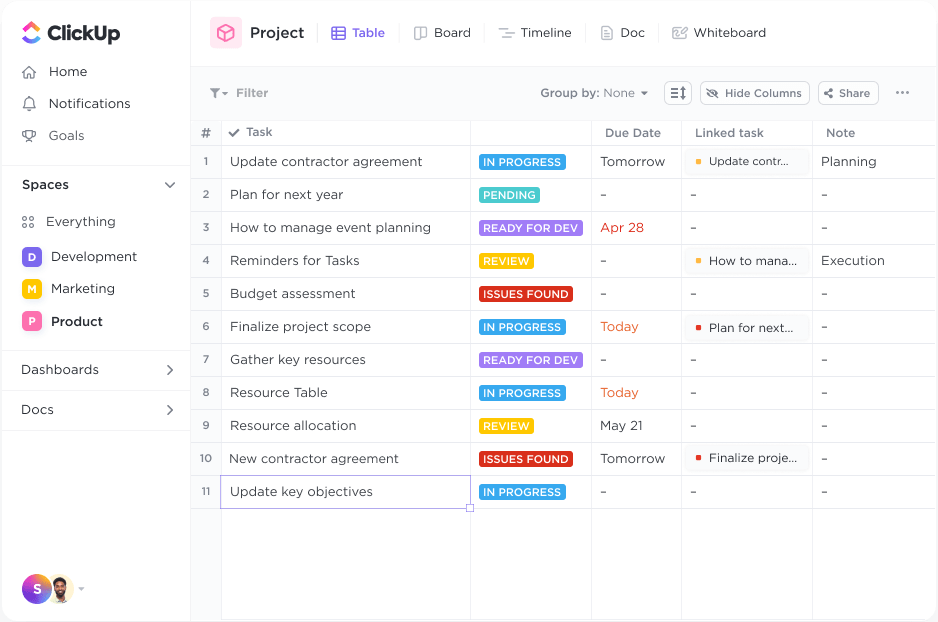5 Easy Steps to Convert Excel to SQL Table

Converting data from Excel to SQL can significantly enhance your data management, allowing for more efficient querying, security, and scalability. Whether you're a small business owner looking to manage inventory or a data analyst working with large datasets, understanding how to move your Excel data into SQL tables is an essential skill. Here's a step-by-step guide on how to do just that:
Step 1: Prepare Your Excel Data

Before converting your data, it’s crucial to ensure that your Excel file is clean and well-organized:
- Remove Blank Rows and Columns: Empty rows or columns can cause errors in SQL. Use Excel’s ‘Go To Special’ feature to select blank cells and delete them.
- Normalize Data: Ensure that each column represents a single attribute. For instance, do not combine first and last names into one column.
- Check for Duplicate Values: Use Excel’s Remove Duplicates function or Vlookup formulas to manage or delete duplicates.
- Handle Dates: Ensure dates are in a format that SQL can interpret, typically YYYY-MM-DD.
- Formatting: Standardize number formats, dates, and text to avoid SQL conversion issues.
⚠️ Note: Clean and consistent data ensures a smoother transfer to SQL. Poorly formatted data can result in conversion errors or unexpected results.
Step 2: Export Excel Data to CSV

After preparing your data:
- Save your Excel workbook in CSV format:
- Go to File > Save As.
- Choose CSV (Comma delimited) from the Save as type dropdown.
- Save the file.
- Open the CSV file with a text editor to confirm that the data looks correct and to ensure that your text encodings are correct (e.g., UTF-8).
Step 3: Set Up Your SQL Environment

You need to have a SQL server installed. Here are the steps:
- Download and Install SQL Server or any database of your choice (e.g., MySQL, PostgreSQL, Microsoft SQL Server).
- Set up a new database.
- Create a new user with the appropriate permissions if necessary.
Step 4: Import Data Into SQL

Now, let’s import the CSV data into your SQL environment:
Using Import/Export Wizard (SQL Server)

- Launch SQL Server Management Studio.
- Right-click on your database > Tasks > Import Data.
- In the Import Wizard, select ‘Flat File Source’ and locate your CSV file.
- Set up the destination as SQL Server.
- Map the columns from your CSV to your SQL table.
- Choose your table name or create a new one.
- Check for potential errors in the data type mapping.
- Run the import process.
Using SQL Commands

If you prefer manual control:
- Create a new table in your SQL database if it doesn’t exist yet. For example:
sql CREATE TABLE Customers ( CustomerID INT PRIMARY KEY, FirstName NVARCHAR(50), LastName NVARCHAR(50), Email NVARCHAR(100) ); - Import the data:
sql BULK INSERT Customers FROM 'C:\Path\To\Your\File.csv' WITH ( FIELDTERMINATOR = ',', ROWTERMINATOR = '\n' );
🔍 Note: Make sure your CSV file path is correct, and you have the necessary permissions to read the file.
Step 5: Verify and Optimize

Once the data is imported:
- Data Verification: Use SQL queries to check the count, accuracy, and consistency of the data. For example:
sql SELECT COUNT(*) FROM Customers; - Index Optimization: Add indexes to frequently queried columns to improve performance.
- Check Constraints and Relationships: Implement foreign key relationships if necessary.
- Test Queries: Run some sample queries to ensure the data behaves as expected.
By following these steps, you've successfully converted your Excel data into a SQL table, which is now ready for more sophisticated data manipulation, analysis, and reporting. This migration not only streamlines data management but also opens up opportunities for better data integrity, security, and integration with other systems.
Here’s a brief overview of what we covered:
- Preparing your Excel data for conversion.
- Exporting Excel data to CSV.
- Setting up a SQL environment.
- Importing data into SQL through wizards or direct commands.
- Verifying and optimizing your SQL table for efficient querying and data integrity.
Why should I convert Excel data to SQL?

+
SQL databases offer better data management, scalability, query performance, and security features compared to Excel spreadsheets, making them ideal for handling large volumes of data or complex operations.
Can I convert an Excel file with multiple sheets?

+
Yes, you can import multiple sheets individually, or you might need to consolidate them into one table or separate tables depending on your data structure.
What if my Excel file contains special characters or formats?

+
Ensure your CSV file uses the correct encoding, like UTF-8, to preserve special characters. Also, check the data types during the SQL import process to ensure they match your Excel data formats.
How do I handle large datasets during conversion?

+
For very large files, consider batch processing or use ETL (Extract, Transform, Load) tools like SQL Server Integration Services (SSIS) which can handle data more efficiently.



